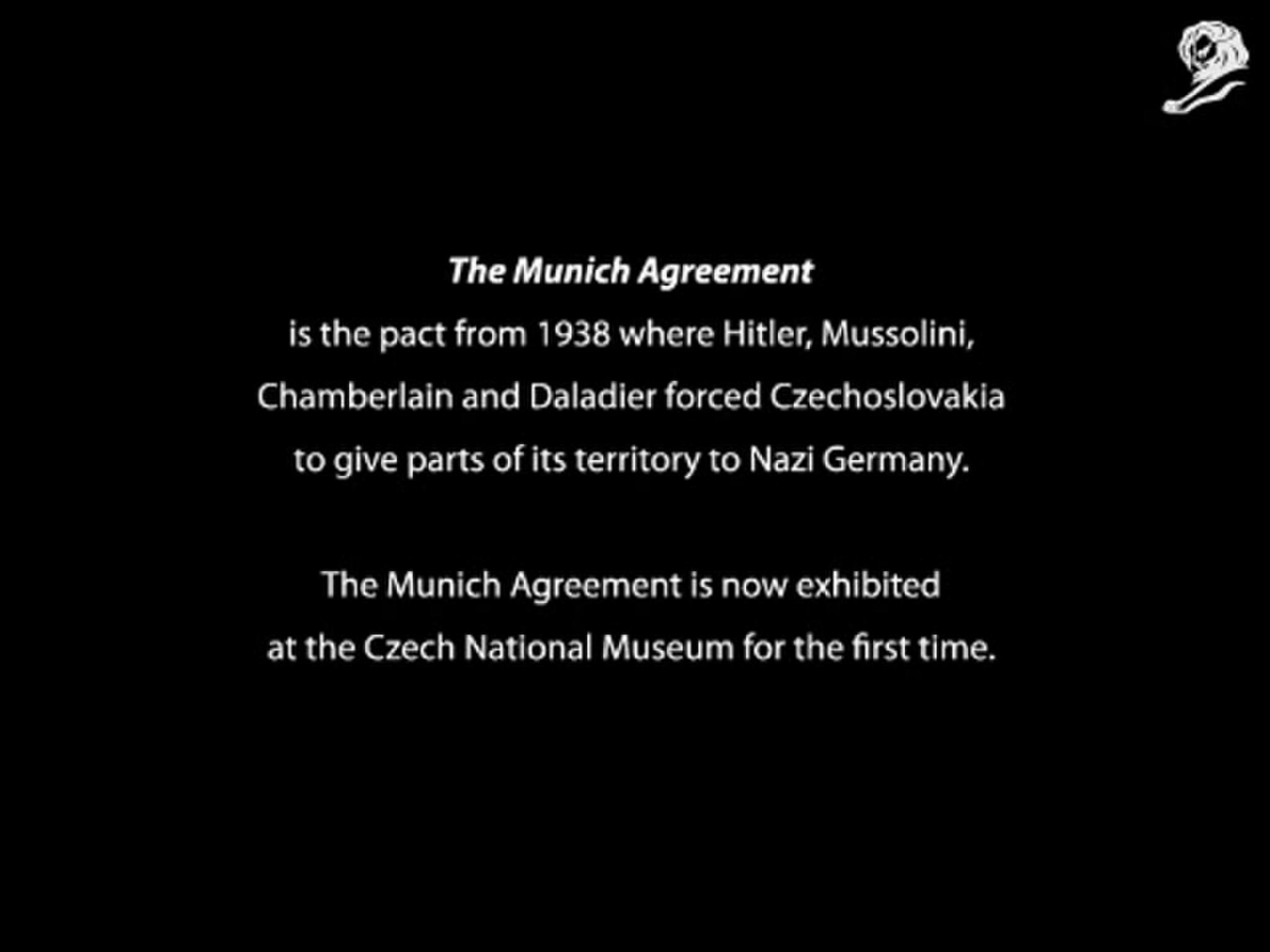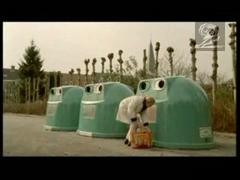Cannes Lions
Rebuilding History
AFRICA, Sao Paulo / NATIONAL MUSEUM / 2019
Awards:

Overview
Entries
Credits
OVERVIEW
Background
The National Museum is the oldest scientific institution in Brazil and one of the largest museums in the Americas. On September 2, 2018, there was a massive fire that destroyed 90% of its collection. The flames carried 200 years of history and most of the 20 million items away.
The Brazilian National Museum fire became quickly a trending topic all around the world. It was on the news in several countries and also widely spread on social media.
Museums worldwide, such as Louvre, and also global leaders as the French president Emmanuel Macron, offered their condolences. Everyone was talking about that.
But unfortunately, as it usually happens on social media, the topic disappeared after a few weeks.
Without people’s attention, government assumed that the museum’s reconstruction was not a priority. Bolsonaro, Brazilian president, declared that he could do nothing about the fire.
Idea
How could we bring Brazil’s National Museum back to the conversations?
As the government was not giving importance to the reconstruction, we decided to reconstruct it in an unexpected way: with Lego bricks.
We gathered the main public of the museum, children, to do so.
As representatives of future generations, affected by the irreparable damage, they helped to rebuild the museum in Lego.
The museum built with Lego was submitted to Lego Ideas, a social platform where anyone can submit to public vote a Lego product idea. The most voted ideas are launched by the brand as a real product.
The copyright generated by the product sales will be completely redirected to the museum reconstruction fund. But this was never our main goal.
Our intention was bigger than that: don’t let the museum be forgotten and pressure the government to take action and affirm its commitment with the reconstruction.
Strategy
The Lego Ideas platform is a community of Lego’s fans where they exchange ideas for new Lego sets, but it was never used to promote a social cause before.
Our strategy was not only to use an existent platform in a way it was never used before, but also create a factoid to expand the discussion to other social media, bringing it back to Twitter, Facebook, Instagram and also to the news. This was the only way to reach the government.
Execution
When submitted to the Lego Ideas platform, our project went through a rigorous approval process.
Thousands of people had to support it so that it could reach the company's board of directors.
The idea was so relevant and necessary that we reached the supporters demanded by Lego Ideas platform in only 15 days, what usually takes 2 years.
The platform managers emailed us showing they were astonished with que real quick repercussion the idea had and asking for more details about the project.
We decided to use the strength of this network to amplify the project in an organic way, aiming to generate a real discussion about it.
Without media investment, the reconstruction of the National Museum started to be discussed by people on social networks and on the streets, and it was once again an agenda in the media.
Outcome
The project was quickly accepted on the Lego platform.
Thousands of people approved the idea of building a product that could represent the National Museum and help the institution, but better than that: we have helped to press the Brazilian government to approve new conditions and release part of the value (R$ 3.3 million) for the reconstruction of the museum. A first step to rescue and rebuild our history.
Without budget we also reached the following results:
71,092,541 media impacts
2 million in earned media
More than 150 publications about the idea
Over 400% social media engagement increase.
Similar Campaigns
10 items







